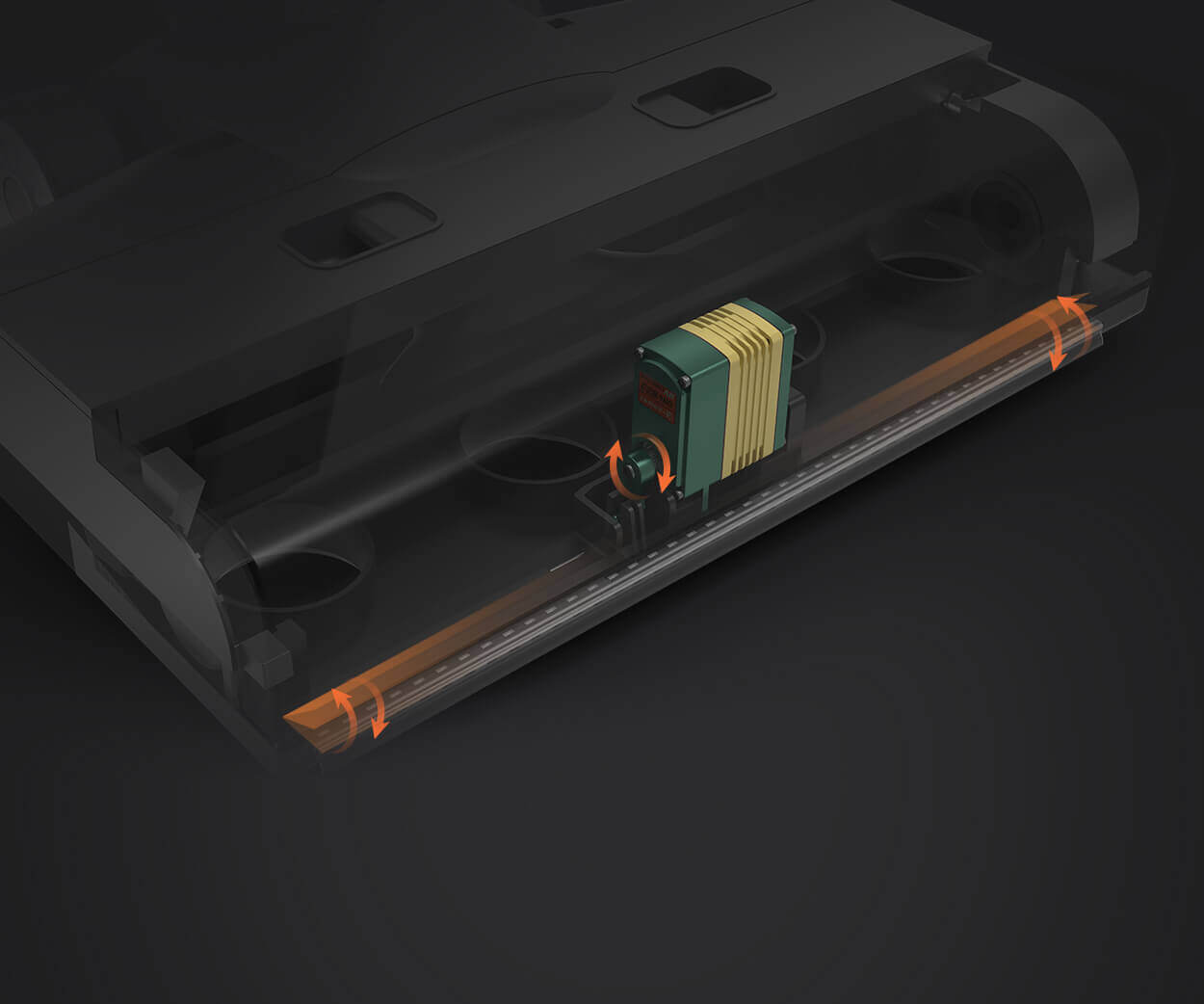Ever wondered how those robotic arms move so smoothly or how a tiny drone manages to hover effortlessly? The secret sauce isn’t just fancy programming; it’s the torque behind the servo motors. Think about it — torque is what makes everything tick, literally. Without a good understanding of servo motor torque calculation, all that precision craftsmanship is just a pipe dream.

Picture this: you’re designing a conveyor system that needs to lift heavy loads or maybe a robotic joint that demands pinpoint accuracy. The first question often is, “Can this motor handle the load?” That’s where calculating torque comes in. It’s like giving your robot a fitness check to ensure it’s strong enough to do the job without breaking a sweat.
A servo motor’s torque isn’t just about raw power; it’s about how that power translates into control. Many assume bigger motors mean better results, but it’s not just size — it’s about the right torque at the right speed. You see, torque isn’t static. It depends on voltage, current, and even how quickly the motor needs to move. For instance, a motor that’s great at high torque might struggle with rapid movements, and that could throw off your entire system.
Here’s a neat little fact: calculating the torque isn’t some complicated puzzle—it's a matter of grounding things in physics. You multiply the force applied by the distance from the pivot point. Easy, right? But then you add variables like acceleration, friction, and load weight. These all influence how much torque you’ll need. Want that robotic arm to lift a 10kg object? It’s not just about lifting — it’s about ensuring the motor can generate enough force without overheating or stalling mid-operation.
Now, imagine you’ve picked a motor, but your calculations show it’s borderline. What’s next? Well, you could opt for a motor with a higher torque rating or consider gear ratios to multiply the torque without overloading the motor. Sometimes, it’s a game of fine-tuning, adjusting parameters, so the system runs smoothly and efficiently.
And here’s a good question—why does all this matter? Because in the world of automation and robotics, precision and reliability aren’t options—they’re the standards. If your torque calculation isn’t spot-on, the entire project might falter. It’s like trying to drive a car with an underpowered engine—you’ll get there, but not without hiccups and maybe some burnout.
Understanding the ins and outs of servo motor torque calculation isn’t just a technical detail; it’s the backbone of making sure everything runs like clockwork. Whether you’re designing a small actuator or a big industrial robot, getting it right from the start means fewer surprises later on. That’s what makes all the difference — knowing your motors can handle what’s coming next.
Established in 2005, Kpower has been dedicated to a professional compact motion unit manufacturer, headquartered in Dongguan, Guangdong Province, China. Leveraging innovations in modular drive technology, Kpower integrates high-performance motors, precision reducers, and multi-protocol control systems to provide efficient and customized smart drive system solutions. Kpower has delivered professional drive system solutions to over 500 enterprise clients globally with products covering various fields such as Smart Home Systems, Automatic Electronics, Robotics, Precision Agriculture, Drones, and Industrial Automation.




































